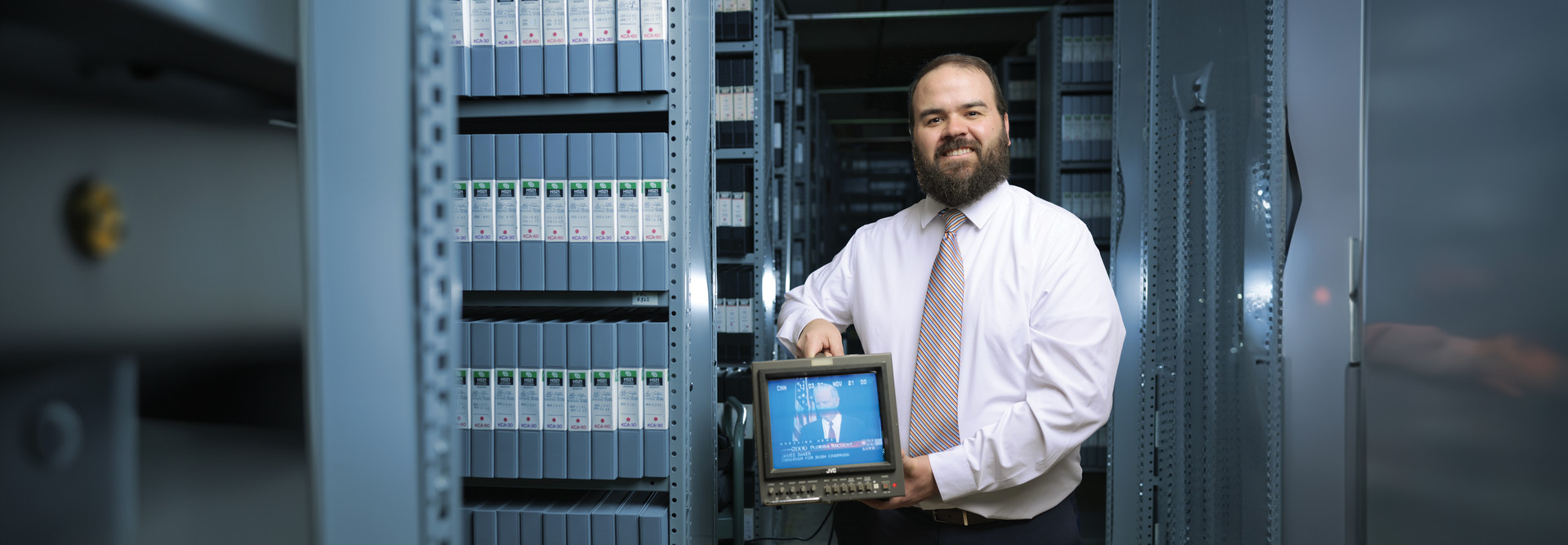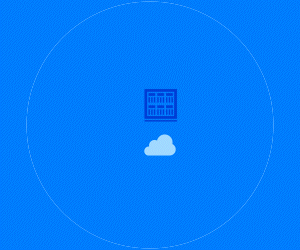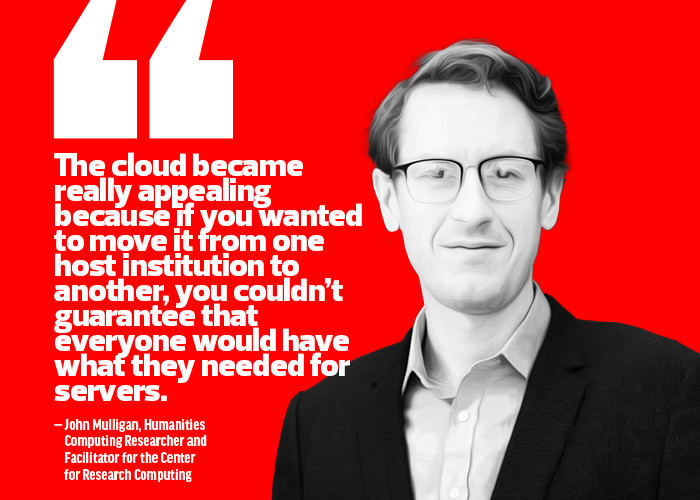The archive arrived at a solution after consulting Vanderbilt’s central IT department. The tech team had been using a number of cloud services to manage important workloads for university researchers and others, and suggested moving the archive offsite and into the Amazon Web Services cloud.
“It would make management of the collection a lot easier because everything would be available at the command line,” Duran explains. “And adding storage wouldn’t be a problem because, being in the cloud, we just pay for what we use.”
Within a few weeks, the archive had transferred the entire collection. Today, Duran says, new VTNA files are automatically processed in the cloud, and his team is exploring a suite of artificial intelligence–enabled services to provide enhanced access to the archive.
Two cloud tools, for example, automatically create written abstracts for all of the collection’s broadcasts. Another service deploys machine learning to identify and capture unprogrammed breaking news, while a tool called Amazon Transcribe accurately converts recorded speech to text.
“That has really paid off for us,” Duran says, explaining how the transcription functionality has allowed the archive to add closed captioning to video. “And the best part is, with all of these things, we don’t have to purchase additional hardware. We budget for the space we need, but the infrastructure is taken care of.”
RELATED: Tips for getting your higher education infrastructure AI-ready.
Cloud Storage Makes Digital Archives More Accessible
The VTNA has plenty of company when it comes to universities that are harnessing the cloud for their digital archives.
“It used to be that everything was on-prem just because that’s how it was done,” says Wayne Graham, CIO at the Council on Library and Information Resources. Universities have traditionally looked to their IT departments and asked them to create the programs and build the infrastructure required for their digital archives, he explains. “But then, what happens when your dedicated developers move on to other institutions? You lose knowledge of your code base, technologies change, and now you have this bucket of stuff that you may not have the resources to maintain.”
The cloud can be a solution for archive directors who, like Duran, may have concerns about sustainability. “It’s one of those things you have to weigh,” Graham says. “Maybe it’s more cost effective, or maybe it’s going to be easier to set up. Are there opportunities that the cloud can provide that you don’t have on-prem?”
It was the promise of the cloud that led Rice University’s Center for Research Computing (CRC) to rethink its hosting strategy for the institution’s SlaveVoyages archive. The university has turned to Oracle Cloud to host the world’s largest slave trade database.
The collaborative digital project compiles and makes publicly accessible records of the transatlantic slave trade between the 16th and 19th centuries.











